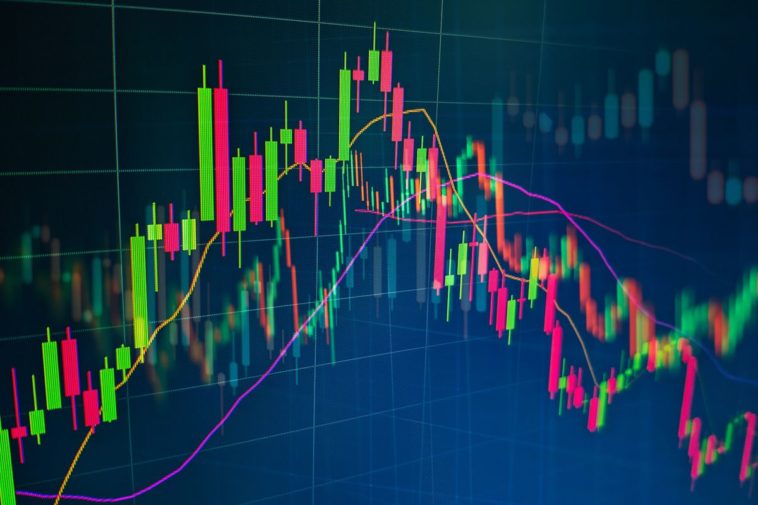Where things stand in Canadian dividend land – and why high yielders may now be your best bet
/cloudfront-us-east-1.images.arcpublishing.com/tgam/6QEMHX27EJEI7PZTFZMR6FIYJU.jpg)
Canadian investors love dividend stocks. It’s not hard to see why. Dividend payers have provided income and strong returns for decades.
Unfortunately, the corona crash hit dividend stocks hard last year and many of them have yet to fully recover. It’s been an uncomfortable period for dividend investors.
To get a measure of where things stand in dividend land I turn to a database of Kenneth French. In one study the Dartmouth College professor looks at four Canadian portfolios. The first tracks the overall Canadian market. The second follows the 30 per cent of Canadian stocks with the highest yields while the third follows stocks with the lowest 30 per cent of yields. The last portfolio contains stocks that don’t pay dividends.
The portfolios are refreshed annually and the holdings weighted by size (market capitalization) in a manner similar to many indexes.
The long-term results dramatically favour the high-yield portfolio, which climbed by an average of 13.5 per cent from the start of 1977 through to the end of 2020. The market portfolio gained an average of 10.1 per cent annually over the same period while the low-yield portfolio fared nearly as well with a 9.8-per-cent annual gain. (All of the performance figures herein include reinvested dividends.)
The portfolio of non-dividend paying stocks suffered mightily with average annual returns of just 3.9 per cent. It started out well with big gains in the late 1970s as resource stocks shot skyward, but the portfolio crashed in the early 1980s and continued to lag for decades.
The first accompanying graph highlights the recent period from the start of 2000 to the end of 2020. The high-yield portfolio gained an average of 10.7 per cent annually over the time span and it beat the market’s 6.5-per-cent annual returns.
The second graph shows the bumps that investors endured along the way for both the market and the high-yield portfolio.
The internet bubble burst in Canada in the summer of 2000 when Nortel helped to power a big market decline. The high-yield portfolio largely sidestepped that downturn. On the other hand, both portfolios were badly beaten up in the financial collapse of 2008.
Last year’s corona crash saw the high-yield portfolio dip 25 per cent from the end of January to the end of March while the market fell 23 per cent. The market recovered to hit new highs by the end of 2020 but the high-yield portfolio ended the year down 9 per cent from its high, based on monthly data.
If one looks at the situation in an optimistic light, the high-yield portfolio still has room to climb before it exceeds its old highs, which it seems likely to happen in the fullness of time.
Investors looking to add a few dividend stocks to their portfolios can peruse the accompanying table for potential bargains. It highlights the 20 stocks with the highest yields in the S&P/TSX 60 Index, which contains 60 of the largest stocks and trusts in the land. (Full disclosure: I own many of them.)
The top 20 is currently dominated – as it often is – by big banks and utilities. A portfolio composed of an equal dollar amount of each of the 20 stocks offers an average yield of 5.1 per cent. Mind you, the dividend payments can grow – or shrink – over time. While dividend reductions were all too common in 2020, dividend growth has generally been the rule over the long term.
Stocks with high yields can rebound in a pleasing manner during recoveries like the one of recent months. For instance, I picked up a few shares of Canadian Natural Resources Ltd. last fall when its yield was near 8 per cent. The stock bounced up from its lows and now offers a lower, but still generous, yield of 4.8 per cent.
With a little luck investors will fall back in love with their dividend stocks as the economy starts to recover and life gets back to normal later this year.
Norman Rothery, PhD, CFA, is the founder of StingyInvestor.com.
Be smart with your money. Get the latest investing insights delivered right to your inbox three times a week, with the Globe Investor newsletter. Sign up today.
Published at Mon, 22 Feb 2021 21:41:20 +0000





Comments
Loading…